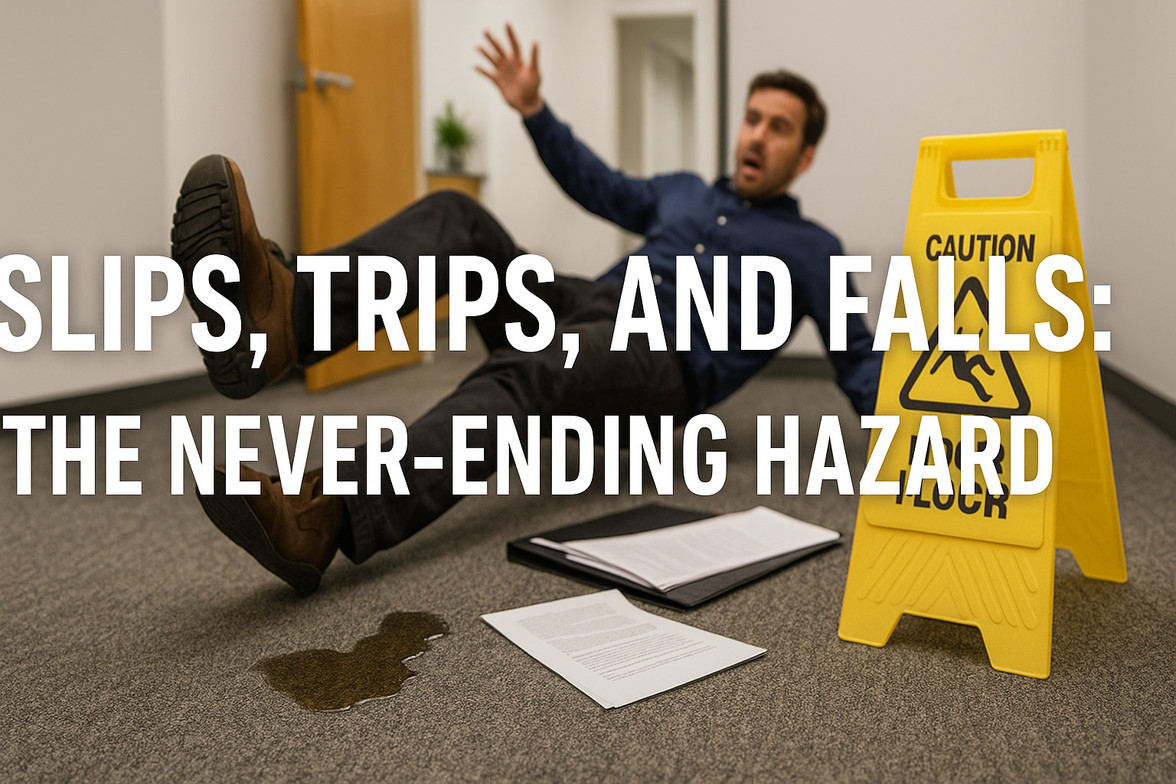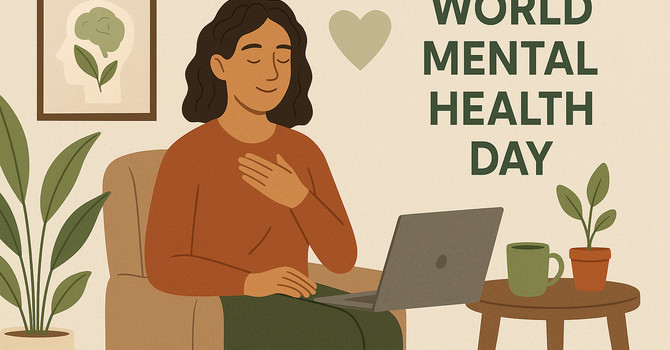
Spring in Canada is a season of extremes. One moment, you're enjoying a clear, dry sidewalk, and the next, you're slipping on a patch of ice or stepping into a puddle deep enough to soak your socks. The constant cycle of freezing, thawing, and refreezing creates a hazardous environment, whether you're at work, running errands, or simply trying to enjoy the great outdoors. Slips, trips, and falls aren't just a workplace problem; they’re an everyday safety challenge that follows you wherever you go.
Hazards Beyond the Workplace
For those in construction, oil and gas, or any outdoor industry, spring means working on surfaces that change by the hour—ice in the morning, slick mud by noon, and uneven pavement by night. Office workers and retail employees face their hazards, from icy parking lots and slushy sidewalks to wet entryways that turn smooth floors into hidden dangers.
And then there's life outside of work. A simple grocery run can lead to a nasty fall in a slippery parking lot. A weekend hike can become a game of " pot the ice patch."Even stepping outside to retrieve the mail can be risky if you're not paying attention. Slips, trips, and falls don't punch out when you do—they are a year-round hazard that happens to be at its worst in spring.
Practical Tools to Stay on Your Feet
While we can’t change the weather, we can control how we navigate it. Here are some tools and techniques to help you stay upright this spring:
-
Wear the Right Footwear – Shoes and boots with deep tread and slip-resistant soles make a huge difference. Avoid smooth-bottomed footwear that offers zero traction on ice and wet surfaces.
-
Traction Aids – Ice cleats or removable traction devices add extra grip for particularly treacherous conditions. Just be sure to remove them indoors to prevent tripping or slipping on smooth flooring, as they can create a new hazard inside.
-
Walk Smart – Slow down and use short, deliberate steps, especially on icy surfaces. The "penguin shuffle" may not be stylish, but it’s effective.
-
Be Aware of Your Surroundings – Check weather conditions before heading out, take extra care in parking lots, and watch for black ice, especially in shaded areas.
-
Use Handrails and Support – Always use available handrails on stairs and be mindful when getting in and out of vehicles.
-
Carry Sand or Grit – If you have a driveway, walkway, or worksite, keeping sand, salt, or gravel handy can help improve traction on ice.
-
Report Hazards – If you see an icy sidewalk or a slippery office entryway, speak up. Employers, landlords, and municipalities all play a role in ensuring the safety of public and private spaces.
Taking Responsibility for Your Owfety
No one wants to spend the first warm days of spring recovering from a broken wrist or a sprained ankle. While workplaces have legal obligations to reduce slip and fall hazards, we all share a personal responsibility for our safety. That means:
-
Planning and assessing the conditions.
-
Taking an extra few seconds to walk safely instead of rushing.
-
Paying attention to changing surfaces underfoot.
-
Speaking up about hazards in public spaces.
Slips, trips, and falls are one of the most common causes of injury in Canada. The good news is that they’re also one of the most preventable. A little preparation and awareness go a long way in making sure you can enjoy the season safely. Spring may be unpredictable, but your safety doesn’t have to be. Stay alert, stay prepared, and keep both feet on solid ground!





